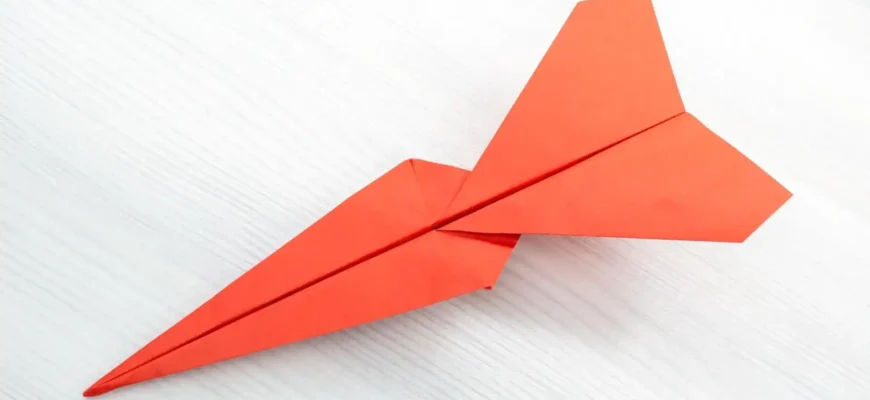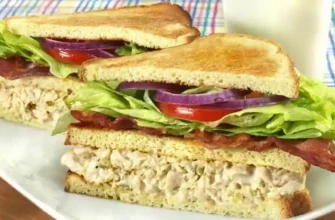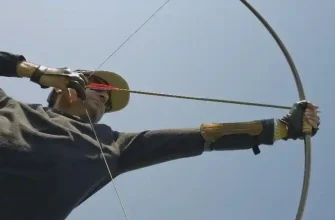Making a paper airplane is an activity that transcends age, nationality, and even educational background. It’s one of those simple joys in life that brings out the child in everyone, regardless of how many birthdays you’ve had. Whether you’re looking to impress someone with your paper-folding skills or just need a quick break from work, making a paper airplane is an easy, affordable, and surprisingly educational activity. So, grab a sheet of paper, and let’s get started!
The Basics: Materials You Need
The good news is that you don’t need fancy materials to make a paper airplane. In fact, all you need is a single piece of paper—no scissors, glue, or fancy equipment. While most people use standard 8.5″ x 11″ sheets of printer paper (A4 size), the beauty of paper airplanes is their versatility. You can use different sizes and types of paper to affect the flight performance, but let’s stick to the basics for now.
Step-by-Step Instructions for a Classic Paper Airplane
Now, we’ll walk you through a simple, classic paper airplane design that anyone can create with just a few easy folds. Don’t worry, I’ll break it down clearly and step-by-step. Here we go:
- Start with a Flat Piece of Paper
Place your paper on a flat surface with the shorter side facing you. Smooth out any creases before you start to ensure clean folds. - Fold the Paper in Half Lengthwise
Take the top edge of the paper and fold it down to the bottom edge. Make sure to align the edges as precisely as possible, then crease it well and unfold. - Create the Fuselage
Take the top corners of the paper and fold them toward the center crease line, creating a triangle at the top. This fold is crucial because it shapes the nose of the plane, which affects how well it flies. Once both sides are folded, your plane should resemble a house with a triangular roof. - Fold the Corners Again
Now, take the new top corners and fold them toward the center crease again. This will give the plane a sleeker, sharper nose, which is key for maintaining speed and stability. - Make the Wings
Fold the plane in half along the original crease line, with all the folds inside. Then, fold both sides of the plane outward to form the wings. Try to make both sides even so that your airplane flies symmetrically. The wings should be about half the width of the plane’s body. - Add the Wing Flaps (Optional)
For added stability, you can fold small flaps on the ends of each wing. This can help with the plane’s balance and allow for more controlled flight, especially if your plane tends to veer off course. These flaps are not strictly necessary, but they can improve performance in some cases. - Test Your Plane
Now comes the fun part—testing your airplane! Hold the plane by its body and throw it gently into the air. If it doesn’t fly well at first, don’t worry. You may need to adjust the wings or make slight modifications to the folds. Experimenting with different angles can help improve the plane’s flight.
Why Paper Airplanes Are More Than Just Fun
You might be wondering, “Why should I care about making a paper airplane?” Well, this simple activity holds surprising educational benefits, particularly in science, engineering, and problem-solving. Let’s break it down:
- Aerodynamics
Making paper airplanes provides an excellent introduction to the basic principles of aerodynamics—how objects fly through the air. By adjusting the folds, you can see firsthand how changes in shape, size, and weight distribution affect how the plane flies. This hands-on experience can spark an interest in physics or engineering, even for young children. - Creativity and Design
While there’s a simple way to make a classic paper airplane, you can get creative with your designs. You can experiment with different folding techniques, paper types, and wing shapes. Some people even compete in paper airplane tournaments, pushing their designs to achieve long-distance or record-breaking flights. - Problem-Solving Skills
As you test and refine your designs, you’ll start to engage in a form of trial-and-error problem-solving. This is a great way to practice critical thinking and resilience, as you work out the kinks in your airplane’s flight. - Stress Relief
There’s something almost meditative about folding paper and watching an airplane take flight. It offers a sense of accomplishment and can be an excellent stress reliever, particularly when you’re feeling overwhelmed or need a quick break from your day-to-day routine.
Common Mistakes and How to Fix Them
Making a paper airplane sounds simple, but even the most seasoned fold-master can run into a few hiccups. Let’s address some common mistakes and how to solve them:
- Issue: Plane veers to one side
- Solution: This is often due to uneven wing folds. Ensure that the folds are symmetrical and that the wings are level. You can also try adjusting the wing flaps to fine-tune the balance.
- Issue: Plane dives straight down
- Solution: This may happen if the nose of the plane is too heavy. Try slightly bending the tail of the plane upward or adjusting the wings to give it more lift.
- Issue: Plane flies too slowly or wobbles
- Solution: If your plane is too light, it might not be able to maintain speed or stability. Try using a slightly heavier paper or adjusting the size and angle of the wings to reduce drag.
People’s Opinions on Making Paper Airplanes
To give you a well-rounded view, I’ve gathered some perspectives from different people around the world. Let’s hear from a variety of voices:
- John (USA, 52)
“I remember making paper airplanes in elementary school, but I didn’t realize how much there was to it until I started teaching my kids. It’s a fantastic way to introduce them to basic physics concepts, and we’ve had hours of fun experimenting with different designs. I never knew how much tweaking could affect the flight!” - Maria (Spain, 34)
“I was skeptical at first, but I joined a paper airplane competition at a community event, and it was surprisingly fun. You’d be amazed how much design and aerodynamics come into play. I definitely recommend giving it a try if you’re looking for a new hobby or just something fun to do with friends or family.” - Ahmed (Egypt, 43)
“In my country, paper airplanes aren’t just for kids. We use them in team-building exercises. It’s great for fostering creativity and teamwork. Plus, it’s always a good laugh when someone’s plane takes off in an unexpected direction!” - Nina (Australia, 29)
“I never realized how much of a calming activity making paper airplanes could be. It’s something I do when I need to take a break from work, and it’s like my mind resets. Who would have thought something so simple could be so therapeutic?” - Chen (China, 61)
“Making paper airplanes is part of the childhood memories I share with my grandchildren. I enjoy showing them how to fold the planes and talking about the basic principles of flight. It’s a nice way to bond and share a little bit of wisdom.”
Final Thoughts
Making paper airplanes is more than just a childhood pastime—it’s an activity that can help develop problem-solving skills, promote creativity, and even teach principles of physics. Whether you’re seeking a quick mental break or looking to dive deeper into the science of flight, there’s something about paper airplanes that makes them timeless. So, the next time you’re looking for something simple yet satisfying, grab a sheet of paper, fold it up, and let it soar!









